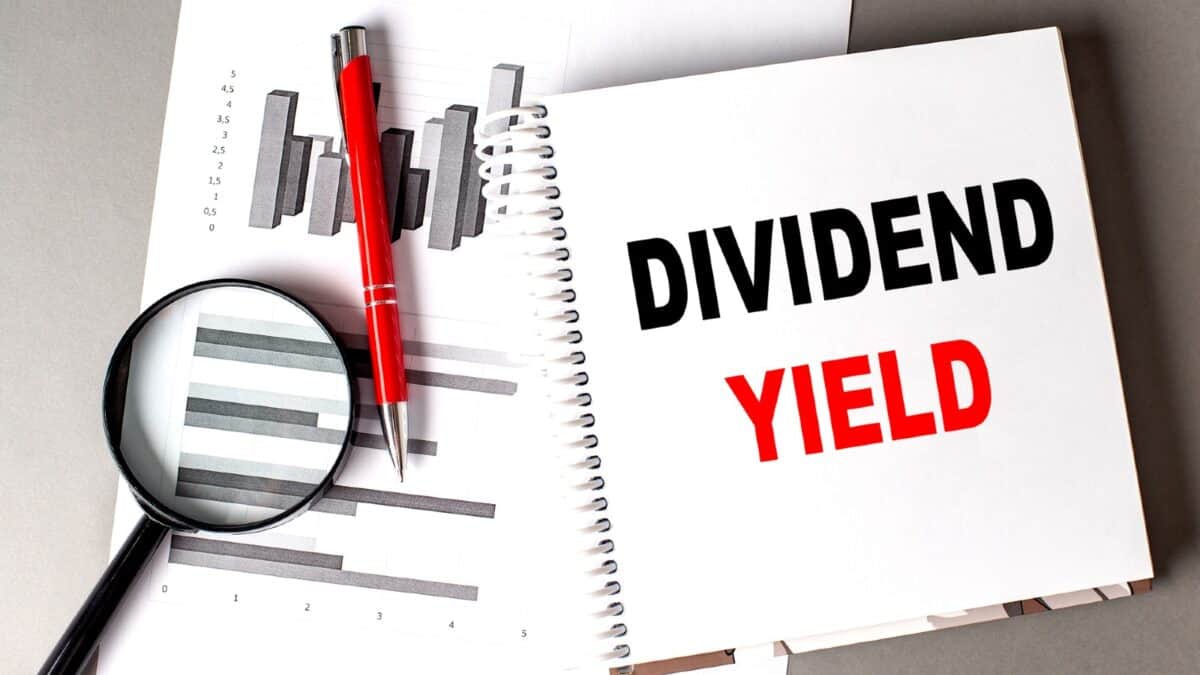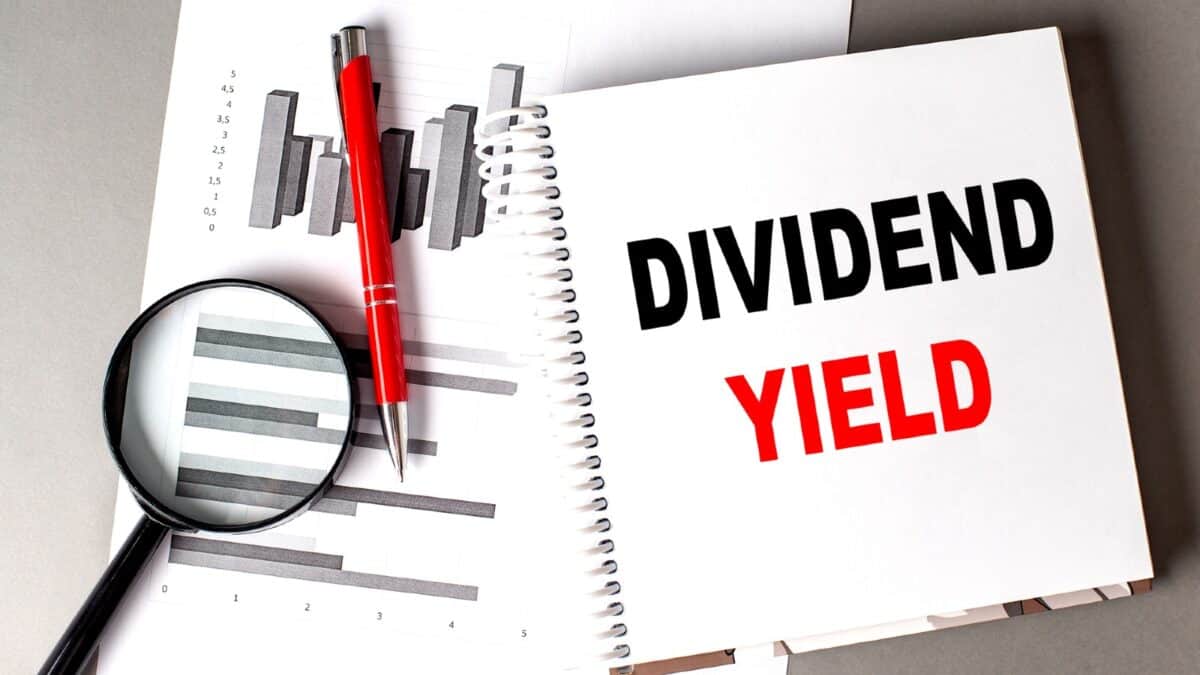
Image source: Getty Images
FTSE 250 global investment manager aberdeen (LSE: ABDN) is up 53% from its 9 April 12-month traded low of £1.23.
Much of this jump has come from a turnaround in results as it continues with its reorganisation plan. This was instigated after the firm was demoted from the FTSE 100 in August 2023. It broadly aims to reduce middle management levels, cut costs, and improve the customer experience.
A risk to the stock is that this plan falters at some stage. Another is that a renewed surge in the cost of living prompts customers to cancel their policies.
However, 2024 saw an IFRS profit of £251m, compared to a £6m loss the previous year. Its 30 April Q1 trading update saw a reiteration of 2026 targets of a £300m+ operating profit and around £300m of net capital generation.
A further bump in its share price followed June’s upgrading of the stock to Overweight from Neutral by investment bank JP Morgan. The new rating indicates that the bank expects the stock to outperform its sector.
How much dividend income can be made now?
A stock’s yield moves in the opposite direction to its price, if the annual dividend stays the same. As a result, such a price rise has reduced the firm’s dividend yield from well over 10% when I first purchased it.
Nevertheless, it is still delivering an annual payout of 7.8%. By comparison, the current average yield of the FTSE 250 is 3.4% and the FTSE 100 is 3.5%.
Consensus analysts’ forecasts are that aberdeen will keep its dividend at 14.6p until the end of 2027 at minimum. It has been at this level every year since 2020.
Given the same average share price as now, this would continue the 7.8% dividend yield offered by the stock.
At that price, £11,000 — the average UK savings amount – would purchase any interested investor 5,851 shares in aberdeen.
Those shares would make £858 in dividends this year. Over 10 years on the same basis this would rise to £8,580 and over 30 years to £25,740.
That said, if the dividends were reinvested back into the stock – ‘dividend compounding’ – much more would be made.
More specifically, given the same 7.8% average yield, the dividends would be £12,936 after 10 years, not £8,580. And after 30 years they would be £102,332 rather than £25,740.
Including the original £11,000 stake, the total value of the aberdeen holding would be £113,332 by then. And this would be paying an annual dividend income of £8,840 at that point.
Will I buy more of the shares?
I have periodically been adding to my holding in aberdeen since I bought it after its demotion from the top-tier index. Aside from its huge dividend income potential, I thought it was enormously undervalued back then.
Both elements behind my investment decision were proven correct then, and I think both still stand now.
The yield forecast is for 7.8% until 2027 at minimum. And a discounted cash flow valuation shows the stock is 47% undervalued at its present price of £1.88. Therefore, its ‘fair value’ is £3.55.
Consequently, I will buy more shares very soon.









